Low Body Temperature Sepsis: Recognizing Silent Symptoms and Saving Lives
How does sepsis affect body temperature. What are the key signs of sepsis beyond fever. Can sepsis cause hypothermia instead of fever. What is the TIME acronym for sepsis symptoms. How can early recognition of sepsis symptoms save lives.
Understanding Sepsis: A Life-Threatening Complication
Sepsis is a potentially fatal condition that arises when the body’s response to infection spirals out of control. While many associate sepsis with high fever, it’s crucial to understand that low body temperature can also be a telltale sign. This article delves into the intricacies of sepsis, with a focus on recognizing its symptoms, particularly those related to hypothermia.
The TIME Acronym: A Vital Tool for Sepsis Recognition
The Sepsis Alliance has developed the TIME acronym to help people identify the warning signs of sepsis:
- T – Temperature higher or lower
- I – Infection – signs and symptoms of an infection
- M – Mental decline – confusion, sleepiness, difficult to rouse
- E – Extremely ill – severe pain, discomfort, or shortness of breath
Understanding and remembering this acronym can be crucial in identifying sepsis early and seeking prompt medical attention.

Temperature Changes in Sepsis: Not Just Fever
Is a high temperature always indicative of sepsis? Contrary to popular belief, sepsis doesn’t always manifest as a fever. In some cases, particularly in older adults or those with weakened immune systems, sepsis can cause hypothermia – a drop in body temperature below 95°F (35°C). This low body temperature sepsis is often overlooked, making it potentially more dangerous.
Recognizing Infection: The Root Cause of Sepsis
Infections are the starting point for sepsis. They can be localized, such as urinary tract infections, pneumonia, or infected wounds, or generalized, affecting the entire body. Sometimes, infections may be present without obvious symptoms, especially after surgery or invasive medical procedures.
Common Infection Sites Leading to Sepsis
- Lungs (pneumonia)
- Urinary tract
- Skin (cellulitis or infected wounds)
- Abdominal cavity
- Bloodstream (bacteremia)
Do you know the signs of these common infections? Being aware of symptoms like coughing, difficulty urinating, or redness around a wound can help you identify potential sepsis triggers early.
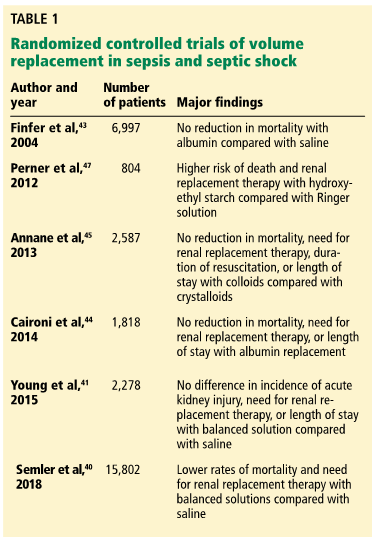
Mental Status Changes: A Critical Sepsis Indicator
Sepsis can significantly impact mental status, causing confusion, sleepiness, or difficulty in rousing. These changes are particularly common in elderly patients and may be the first noticeable sign of sepsis.
Cognitive Symptoms of Sepsis
- Sudden confusion or disorientation
- Difficulty staying awake
- Slurred speech
- Worsening of existing dementia symptoms
Why do mental status changes occur in sepsis? The body’s inflammatory response to infection can affect brain function, leading to these cognitive symptoms.
Extreme Illness: When to Seek Immediate Medical Attention
Sepsis often makes people feel extremely ill, with severe pain, discomfort, or breathing difficulties. Many sepsis survivors report feeling the worst they’ve ever felt during their bout with sepsis.
Red Flags for Severe Sepsis
- Severe, unexplained pain
- Shortness of breath or rapid breathing
- Feeling like you might die
- Skin that’s pale, mottled, or clammy
When should you seek emergency care for potential sepsis? If you or someone you’re caring for exhibits any of these extreme symptoms, especially in combination with other sepsis signs, it’s crucial to seek immediate medical attention.

Pediatric Sepsis: Unique Considerations for Children
Children, particularly those under five, may exhibit different sepsis symptoms compared to adults. Parents and caregivers should be especially vigilant for these signs in young children.
Warning Signs of Sepsis in Children
- Blue, pale, or blotchy skin, lips, or tongue
- Rash that doesn’t fade when pressed
- Unusual sleepiness or difficulty waking
- Cold to the touch
- No urination or wet diapers for over 12 hours
- Rapid breathing
- Seizures or convulsions
- Weak, high-pitched cry
How quickly should you act if you suspect sepsis in a child? Even if a child exhibits just one of these symptoms, it’s essential to seek urgent medical help immediately.
Clinical Indicators: What Healthcare Professionals Look For
Healthcare professionals use a combination of symptoms and clinical tests to diagnose sepsis. Understanding these indicators can help patients and families better comprehend the diagnostic process.
Key Clinical Indicators of Sepsis
- Inflammatory markers:
- Elevated white blood cell count
- Presence of immature white blood cells
- High C-reactive protein levels
- Elevated procalcitonin
- Hemodynamic changes:
- Low blood pressure
- Reduced oxygen saturation in venous blood
- Increased cardiac index
- Organ dysfunction:
- Low oxygen levels
- Reduced urine output
- Elevated blood creatinine
- Abnormal blood clotting
- Absent bowel sounds
- Low platelet count
- High bilirubin levels
- Tissue perfusion issues:
- Elevated blood lactate
- Decreased capillary filling or mottled skin
What role do these clinical indicators play in sepsis diagnosis? While symptoms are crucial for initial recognition, these clinical markers help healthcare professionals confirm the diagnosis and assess the severity of sepsis.

The Importance of Early Recognition and Treatment
Sepsis is a medical emergency that requires immediate attention. Early recognition and treatment are crucial for improving outcomes and reducing the risk of complications.
Benefits of Early Sepsis Intervention
- Reduced risk of organ failure
- Lower mortality rates
- Shorter hospital stays
- Decreased likelihood of long-term complications
How does early treatment impact sepsis outcomes? Studies have shown that for every hour delay in administering appropriate antibiotics, the risk of mortality increases significantly. This underscores the critical nature of prompt recognition and treatment.
Sepsis Prevention: Reducing Your Risk
While not all cases of sepsis can be prevented, there are steps you can take to reduce your risk of developing this life-threatening condition.
Strategies for Sepsis Prevention
- Practice good hygiene, including regular handwashing
- Keep wounds clean and covered
- Stay up to date on vaccinations
- Manage chronic conditions effectively
- Seek prompt medical attention for infections
- Be aware of sepsis symptoms, especially if you’re at higher risk
Who is at higher risk for developing sepsis? Certain groups, including the elderly, very young children, people with chronic medical conditions, and those with weakened immune systems, are more susceptible to sepsis. If you fall into one of these categories, it’s particularly important to be vigilant about infection prevention and sepsis awareness.

The Global Impact of Sepsis: A Public Health Crisis
Sepsis is a significant global health concern, affecting millions of people worldwide each year. Understanding its impact can help underscore the importance of awareness and prevention efforts.
Sepsis Statistics and Global Burden
- Sepsis affects an estimated 49 million people annually worldwide
- It accounts for approximately 11 million deaths each year
- In many countries, sepsis is a leading cause of hospital deaths
- The economic burden of sepsis is substantial, with high healthcare costs and lost productivity
How does sepsis awareness contribute to public health? Increased public knowledge about sepsis can lead to earlier recognition, prompt treatment, and potentially save countless lives. It also highlights the need for continued research and improved treatment protocols.
Living with Sepsis: Long-Term Effects and Recovery
For many sepsis survivors, the journey doesn’t end with hospital discharge. Many experience long-term effects that can significantly impact their quality of life.
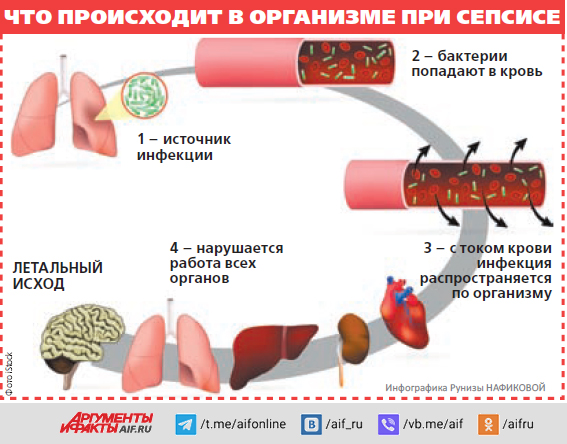
Common Post-Sepsis Symptoms
- Chronic fatigue
- Muscle weakness
- Cognitive impairments (sometimes called “sepsis brain fog”)
- Anxiety and depression
- Post-traumatic stress disorder (PTSD)
- Increased susceptibility to infections
What resources are available for sepsis survivors? Support groups, rehabilitation programs, and ongoing medical care can all play crucial roles in the recovery process. It’s important for survivors and their families to seek out these resources and advocate for comprehensive post-sepsis care.
Advancing Sepsis Research: Hope for the Future
Ongoing research into sepsis is crucial for improving diagnosis, treatment, and outcomes. Scientists and medical professionals are continuously working to enhance our understanding of this complex condition.
Current Areas of Sepsis Research
- Biomarker discovery for earlier and more accurate diagnosis
- Development of novel treatments targeting the immune response
- Personalized medicine approaches to sepsis management
- Artificial intelligence and machine learning for predicting sepsis onset
- Investigation of long-term effects and rehabilitation strategies
How might future advancements change sepsis care? Improved diagnostic tools could lead to faster identification of sepsis, while targeted treatments could potentially reduce mortality rates and improve long-term outcomes for survivors.

Understanding sepsis, particularly its less common presentations like low body temperature sepsis, is crucial for early recognition and treatment. By familiarizing ourselves with the TIME acronym and other key symptoms, we can play an active role in preventing sepsis-related deaths. Remember, when it comes to sepsis, time is of the essence – don’t hesitate to seek medical attention if you suspect sepsis in yourself or a loved one. Stay informed, stay vigilant, and help spread awareness about this life-threatening condition.
Symptoms | Sepsis Alliance
Click here to download this symptoms card.
It’s important to look for a combination of the warning signs of sepsis. Spotting these symptoms early could prevent the body from entering septic shock, and could save a life.
T – Temperature higher or lower.
Your body’s temperature should stay fairly constant, around 98.6 degrees Fahrenheit (37 degrees Celsius), moving up or down a bit depending on your activity, the environment, and time of day. A temperature of 100 degrees Fahrenheit (37.7 degrees Celsius) is considered to be hyperthermia, a fever. When you have an infection, your body’s temperature usually rises as it tries to fight off the bug causing the infection. Interestingly, some people see their body temperature go down (hypothermia) instead of up. This is why any change, high or low, can be a sign of sepsis.
I – Infection – may have signs and symptoms of an infection.
If you have a local infection, like a urinary tract infection, pneumonia, or an infected cut, the signs and symptoms are localized according to the area affected (needing to urinate or burning on urination for a UTI, coughing and chest pain for pneumonia, redness and pus for an infected cut, for example). If the infection has spread or you have a generalized infection, you may develop other signs and symptoms, such as fever, fatigue, pain, etc.
If the infection has spread or you have a generalized infection, you may develop other signs and symptoms, such as fever, fatigue, pain, etc.
Sometimes however, you may have an infection and not know it, and not have any symptoms. Keep this in mind especially if you have recently had surgery or an invasive medical procedure, a break in your skin, or you have been exposed to someone who is ill.
M – Mental decline – confused, sleepy, difficult to rouse.
Sepsis can affect your mental status. Some people, especially the elderly, may not show typical signs of infection. Instead, they may show a sudden change in mental status, becoming confused, or a worsening of dementia and confusion. Sleepiness, often severe, is also a common complaint.
E – Extremely ill – severe pain or discomfort, shortness of breath.
Many sepsis survivors have said that when they were ill, it was the worst they ever felt. It was the worst sore throat, worst abdominal pain, or they felt that they were going to die.
Children developing sepsis may exhibit different symptoms, as seen below.
Healthcare professionals look for the following signs and symptoms, as well as those listed above, to determine a diagnosis. They include:
Inflammatory
- High white blood cell count
- Immature white blood cells in the circulation
- Elevated plasma C-reactive protein
- Elevated procalcitonin (PCT)
Hemodynamic
- Low blood pressure
- Low central venous or mixed venous oxygen saturation
- High cardiac index
Organ Dysfunction
- Low oxygen level
- Low urine output
- High creatinine in the blood
- Coagulation (clotting) abnormalities
- Absent bowel sounds
- Low platelets in the blood
- High bilirubin levels
Tissue Perfusion
- High lactate in the blood
- Decreased capillary filling or mottling
Sepsis – Symptoms – HSE.
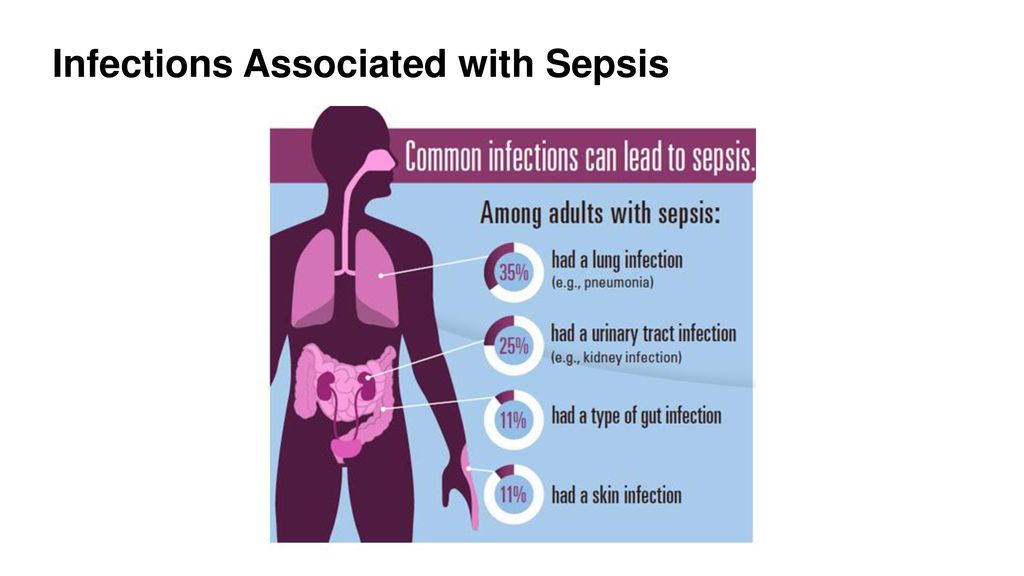 ie
ie
Important
Sepsis is a life-threatening complication of an infection. It can be hard to tell that you have it.
Trust your instincts. If you or someone you look after has symptoms of sepsis or is very unwell, call 999 or 112, or go to an emergency department (ED).
Sepsis is a serious complication of an infection. Most cases of infection lead to a full recovery if it’s identified and treated quickly.
Without quick treatment, sepsis can lead to multiple organ failure and death
Emergency action required: Call 999 or 112 or go to an emergency department (ED) if a baby or child under-5:
- has blue, pale or blotchy skin, lips or tongue
- has a rash that does not fade when you roll a glass over it, in the same way you check for meningitis
- is being very sluggish, unusually sleepy and hard to wake
- feels unusually cold to touch
- has had no pee or wet nappies for more than 12 hours
- is breathing very fast
- has fits or convulsions
- has a weak, high-pitched cry that’s not like their normal cry
- has an infection, is still unwell after 24 hours or is getting worse – it may be sepsis
They may not have all these symptoms.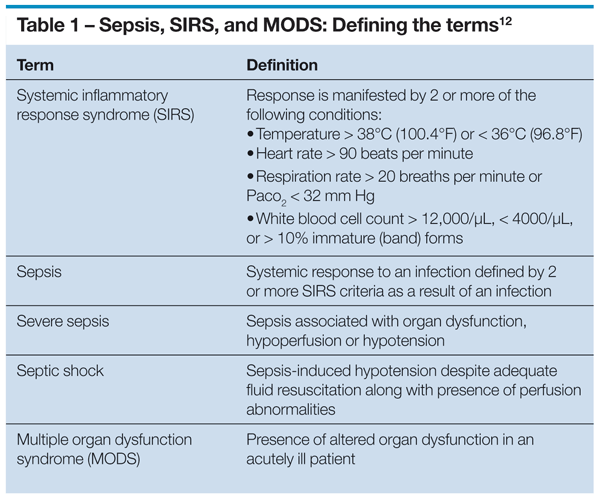 Even if they have just 1, get urgent medical help.
Even if they have just 1, get urgent medical help.
Emergency action required: Call 999 or 112 or go to an ED if an adult or older child has had an infection and:
- is acting confused, slurring their speech, not making sense or not their usual self
- has difficulty breathing, breathlessness or breathing very fast
- blue or slightly blue lips
- pounding in their chest
- has hands and feet that feel cold, clammy and look pale
- feels dizzy, faint or loses consciousness (passes out)
- is not peeing as much as normal – for example, not peeing for a day
- has a rash that does not fade when you roll a glass over it, in the same way you check for meningitis
- has severe muscle pain
- is complaining of severe leg pain or difficulty standing
- has an infection, is still unwell after 24 hours or is getting worse – it may be sepsis
They may not have all these symptoms. Even if they have just 1, get urgent medical help.
Even if they have just 1, get urgent medical help.
Signs and symptoms of sepsis
It’s not always easy to tell if you are developing sepsis. There are lots of possible symptoms. Symptoms can be vague. They can be like symptoms of other conditions, including flu or a chest infection.
Sepsis cannot develop unless you have an infection. Read about the symptoms and signs of an infection.
Early signs of sepsis in babies and children under 5
Urgent advice: Contact your GP or your GP out of hours urgently if your baby or child has an infection and has:
- a temperature of 38 degrees Celsius or higher in babies under 3 months
- a temperature of 39 degrees Celsius or higher in babies aged 3 to 6 months
- a temperature below 36 degrees Celsius – re-check after 5 minutes to confirm
- difficulty breathing, breathlessness or you notice their stomach moving in and out as they use their stomach muscles to help them breathe
- no interest in feeding (in babies)
- not drank anything for more than 8 hours when awake
- been vomiting repeatedly
- blood in their vomit or their vomit is green or black
- sunken eyes
- a bulging soft spot on their head
- no interest in anything, even with encouragement
- been less responsive, irritable or difficult to console
- a stiff neck, especially when trying to look up and down
- been behaving differently than usual to the point that you are worried
If your GP thinks it’s sepsis, they will usually refer your baby or child to hospital for further diagnosis and treatment.
Early signs of sepsis in adults and older children
Sepsis cannot develop unless you have an infection.
Symptoms and signs of an infection
Urgent advice: Contact your GP or GP out of hours urgently if you or someone you care for has an infection and has:
- a high temperature (38 degrees Celsius or above)
- low body temperature (below 36 degrees Celsius)
- chills and shivering
- a fast heartbeat
- problems with or changes to your breathing
- feeling or acting differently from normal
- vomiting
- a headache
- feeling unwell
Some of the symptoms of sepsis are similar to meningitis.
If your GP thinks it’s sepsis, they will usually refer you to hospital for further diagnosis and treatment.
Content supplied by the NHS and adapted for Ireland by the HSE
This project has received funding from the Government of Ireland’s Sláintecare Integration Fund 2019 under Grant Agreement Number 123.
Page last reviewed: 3 October 2022
Next review due: 3 October 2025
9 signs of latent blood poisoning that you should know about
Sepsis often ends in tragedy. It is better to recognize it at the initial stage.
Tags:
Health
Diseases
Disease prevention
dangerous diseases
Diseases of the internal organs
Shutterstock
Blood poisoning, or sepsis, is a dangerous disease that is usually diagnosed in the last stages. The disease can be defeated with the help of antibiotics, but most often the life of patients is cut short. And first of all, because doctors start treatment too late. Remember these important signals and tell your loved ones about them.
The disease can be defeated with the help of antibiotics, but most often the life of patients is cut short. And first of all, because doctors start treatment too late. Remember these important signals and tell your loved ones about them.
Do not self-medicate! In our articles, we collect the latest scientific data and the opinions of authoritative health experts. But remember: only a doctor can diagnose and prescribe treatment.
Fever
Blood infection occurs when the infection has been able to enter the bloodstream. And, of course, the body begins to fight the intruder, sharply raising the body temperature. Be sure to consult a doctor if the temperature has been persisting for several days.
Very low temperature
Sometimes the body follows the opposite strategy and, conversely, lowers body temperature. The symptom is also serious and should not be delayed. According to doctors, blood poisoning with a low temperature is more dangerous than with a high one.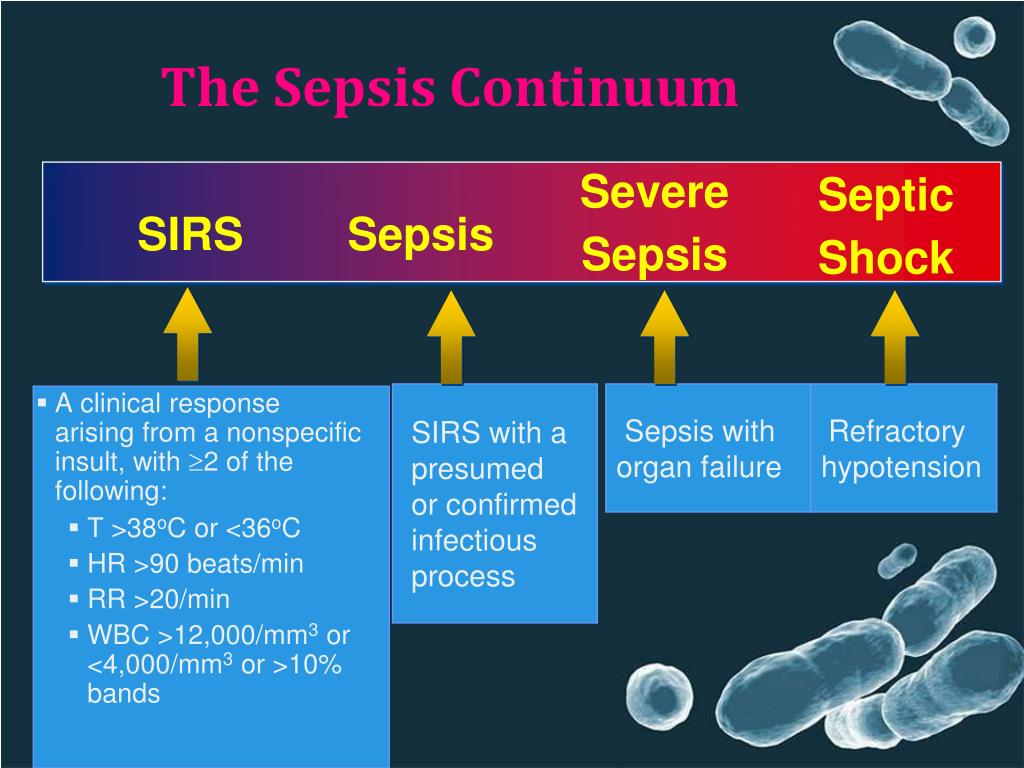 Such sepsis is much more difficult to treat. In addition, the chances of subsequent complications are high.
Such sepsis is much more difficult to treat. In addition, the chances of subsequent complications are high.
Chills
High fever is often accompanied by intense and painful chills. Be sure to call an ambulance and report your condition. Often, chills cannot be identified during a medical examination.
Pain and aches in the body
Another sign of sepsis is pain and aches all over the body. Some confuse these symptoms with a cold or flu. But only a doctor can determine the exact cause of discomfort. Do not guess on your health!
ADVERTISING – CONTINUED BELOW
Low blood pressure
Not all homes have a special device to measure blood pressure, and in vain. One of the signs of sepsis is low blood pressure. It is better not to wait for this indicator, because it indicates a serious development of the disease. At an upper pressure below 100 points, dehydration of the vessels already occurs and septic shock begins.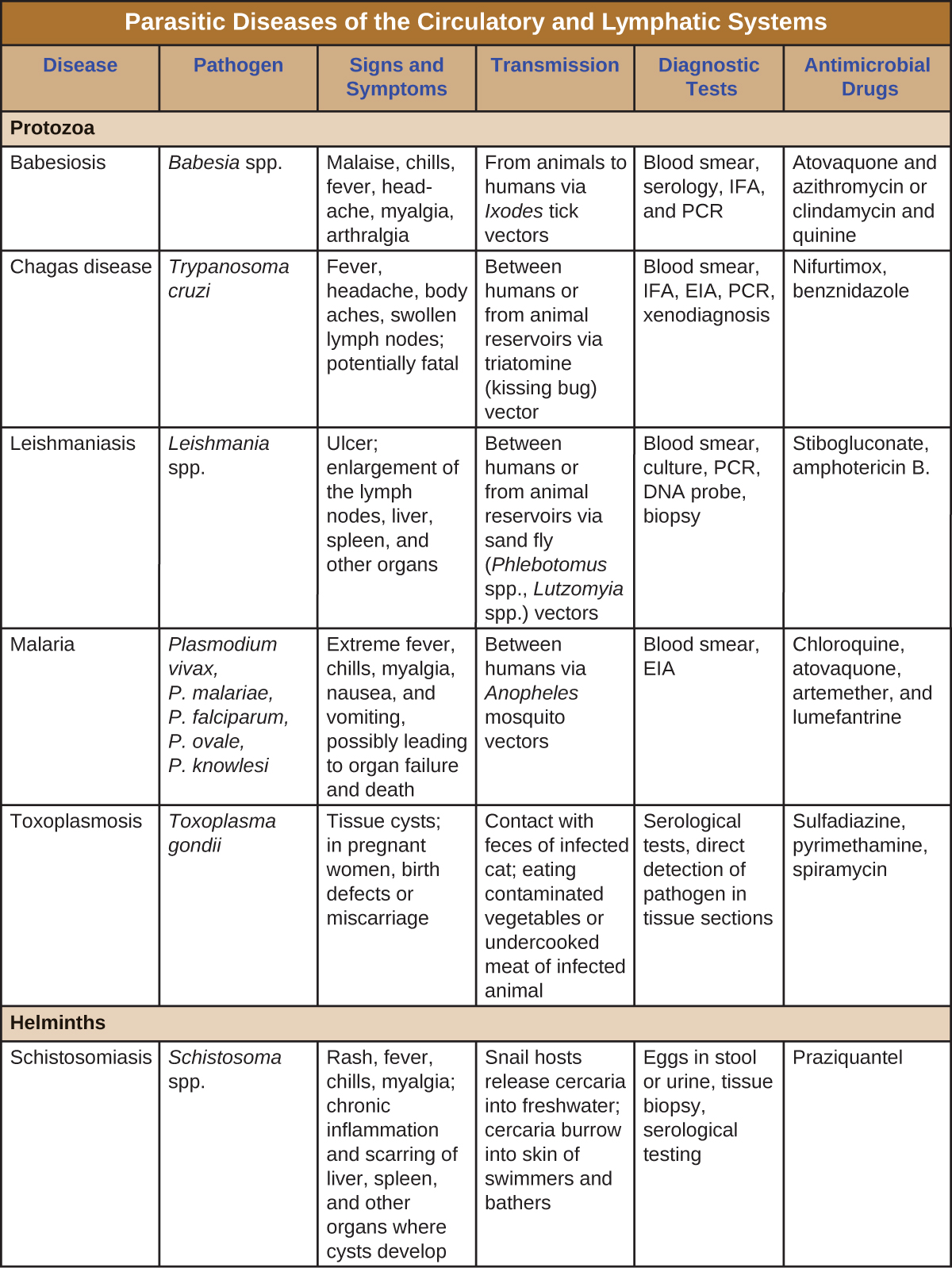
Rapid pulse
Any reaction of the body to infection is a thoughtful step for salvation. An increased pulse indicates that the body is trying to speed up the flow of blood in order to expel the violator of the system. The critical mark is usually above 90 beats per minute. Act urgently.
Shortness of breath
Call 911 immediately if you notice severe shortness of breath. Very often, blood poisoning begins due to pneumonia. The body receives a critically insufficient amount of air, so it tries to make up for the deficiency by frequent breathing. As sepsis develops, shortness of breath progresses. It is important to seek medical help as soon as possible.
Paleness
Paleness is another sign of blood poisoning. The fact is that the body is trying to save the brain and heart by “taking” blood from less important organs. The skin is the first to be hit and begins to turn pale. Then small spots and cold sweat appear on the skin. If you notice several dangerous symptoms at once, be sure to call your doctor.
If you notice several dangerous symptoms at once, be sure to call your doctor.
Weakness and drowsiness
The last symptom is common to many diseases. In the moments of fighting an infection, the body is not easy. Patients with low blood pressure feel especially weak.
The best ways to prevent illness are prevention and regular medical check-ups. Sometimes minor changes can indicate a deficiency of nutrients in the body, and sometimes serious diseases. Consult your doctors regularly to stay healthy.
Sepsis
Enrollment is only possible through the contact center.
To register, fill out the form below and you will be contacted.
You are enrolling:
Clinic: {{department}}
Specialty: {{specialty}}
Service: {{service}}
Doctor: {{doctor}}
Date and time:
Choose an appointment time
{{form. date | setTime(form.time) | dateTimeFormatted}}
date | setTime(form.time) | dateTimeFormatted}}
Date of birth: {{age | dateFormatted}}
{{confirmWarning}}
{{appointmentReply}}
By clicking “Sign up”, I accept the terms of the user agreement, the provisions on the protection of personal data and give my consent to the processing of personal data.
In order to pass the mandatory registration, you must come to the registration desk 10 minutes before your appointment with your passport.
If the patient is a minor (children under 18), it is mandatory to be accompanied by one of the parents with the presentation of his passport and birth certificate of the child.
Relatives and third parties accompanying a minor must have a notarized consent of the parents or legal representatives.
If you have made an appointment with a coloproctologist, please read the information on preparing for an appointment
The price of the consultation includes:
History taking, preliminary diagnosis and examination. All additional doctor’s manipulations at the appointment are paid according to the price list.
If you change your mind, please unsubscribe from the appointment by phone +7 (812) 435-55-55
The price of the consultation includes:
History taking, preliminary diagnosis and examination appointment. All additional doctor’s manipulations at the appointment are paid according to the price list.
If you change your mind, please unsubscribe from the appointment using your Personal Account or by phone +7 (812) 435-55-55.
Are you sure you want to stop recording?
If you have any questions, call us at +7 (812) 435-55-55
Are you sure you want to change the current entry?
If you have any questions, call us at +7 (812) 435-55-55
You are subject to some restrictions on online booking.
